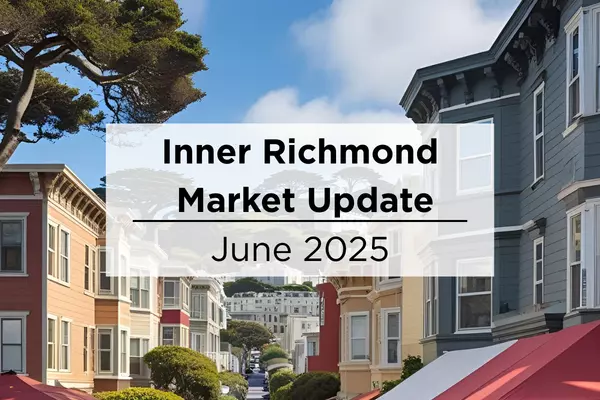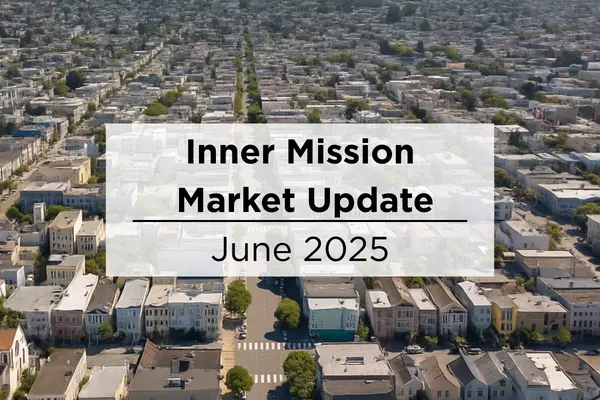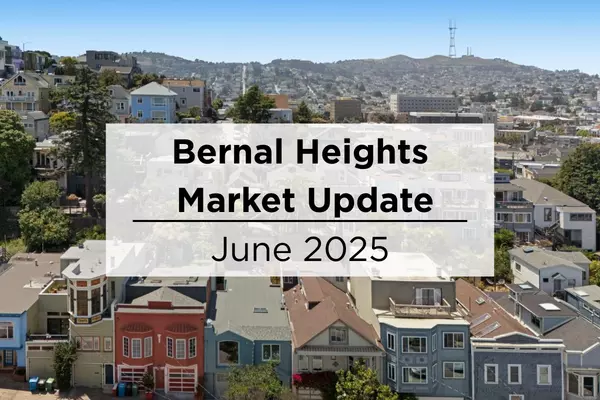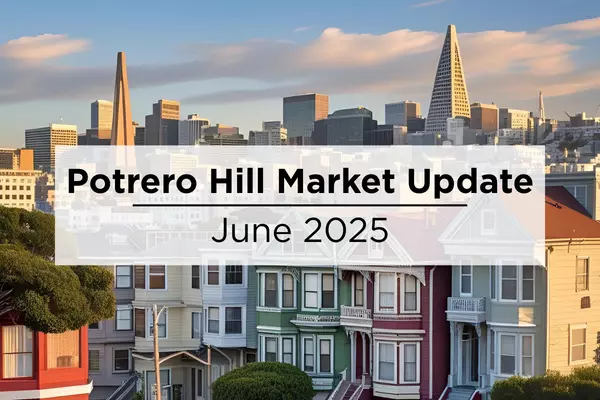Greater Bay Area Housing Market Update 2024
The Big Story
Median home price hits record high for the second month
Quick Take:
- Since January 2024, prices have climbed 13.6%, reaching an all-time high in May and another in June 2024. Similarly, the monthly cost of financing has hit a record high, meaning that home affordability is at a record low.
- In June, the average 30-year mortgage rate declined to 6.86%, dropping 0.17% from the 2024 high reached in April. The Fed may cut rates as early as September, but the magnitude of the cut will be small, likely 0.25% this year. Currently, we expect rates to remain between 6% and 8% for the rest of 2024.
- Sales fell 0.7% month over month, while inventory rose 6.7%. The combination of rising prices and high interest rates has kept sales historically low. Since January 2023, sales have trended more horizontally, although we expect sales to decline until spring 2025.
Note: You can find the charts & graphs for the Big Story at the end of the following section.
Surprisingly unsurprising: high rates, high prices, high inventory
In June, prices rose for the fifth month in a row, peaking at an all-time high in June 2024. This also marks the 12th consecutive month of year-over-year price growth. According to typical seasonality, the median price peaks in June, so we expect prices to decline starting in July. Over time, prices generally move much higher in the first half of the year than they decline in the second half; you can think of it as two steps forward and one step back, year after year. Last year, for example, prices rose 13.7% from January 2023 to June 2023, then fell 7.7% from June 2024 to January 2024, which was still a year-over-year gain of 4.9%. This year will likely look similar, although we don’t think that prices will decline as much in the second half of 2024 as they did in 2023, especially if the Fed cuts rates in the fall. Even a minor rate cut, like the expected 0.25%, could significantly affect mortgage rates, as it would signal the beginning of more and more cuts.
For the moment though, we are starting summer with a combination of elevated mortgage rates and record high prices, which have brought affordability to an all-time low. Low affordability has resulted in fewer sales and growing inventory. Demand is still high relative to supply, even though inventory is building. We know that demand is still high because buyers are still buying at peak prices. From a historical context, we should’ve expected this to happen. We took a look at data from the 1980s to see how much home prices appreciated during a decade-long period of the highest mortgage rates in history. From January 1, 1980, to January 1, 1990, the 30-year mortgage rate ranged from 9.03% to 18.63%, with an average rate of 12.71%. Although home prices didn’t increase dramatically like they have in the recent past, inflation-adjusted home prices still increased about 8% during that decade. Today, with the strong U.S. economy, it was never very likely for home prices to stagnate or decline due to higher mortgage rates. However, high rates have slowed sales volume considerably, which has caused inventory to grow.
Overall, inventory growth is great news for the undersupplied U.S. housing market. According to data from the National Association of REALTORS® (NAR), inventory reached its highest level since August 2022. The market is still broadly undersupplied, but the increasing inventory level should cause rising home prices to slow. In the pre-pandemic seasonal trends, sales, new listings, inventory, and price would roughly all rise in the first half of the year and decline in the second half of the year. Sales and new listings have been far lower than usual since mortgage rates started climbing, which is to be expected. Because we don’t anticipate sales to pick up until the spring of 2025, inventory could continue to grow in the second half of the year.
Different regions and individual houses vary from the broad national trends, so we’ve included a Local Lowdown below to provide you with in-depth coverage for your area. As always, we will continue to monitor the housing and economic markets to best guide you in buying or selling your home.
Big Story Data



The Local Lowdown
Quick Take:
- The median single-family home price in Santa Cruz reached a record high in June. As more new listings come to market, we expect prices to continue rising and to reach new highs during the summer months.
- Active listings, sales, and new listings fell across most of the Bay Area month over month, which is normal this time of year. We expect inventory growth to slow in the second half of the year.
- Months of Supply Inventory has remained below three months of supply for single-family homes, indicating a sellers’ market. For condos, MSI has risen and now shows more balanced markets in the Bay Area.
Note: You can find the charts/graphs for the Local Lowdown at the end of this section.
Median single-family home price hit a record high in Santa Cruz
In the Greater Bay Area, low inventory and high demand have more than offset the downward price pressure from higher mortgage rates, and prices generally haven’t experienced larger drops due to higher mortgage rates. In May, median single-family home prices reached record highs in San Mateo, Santa Clara, and Sonoma, and prices in the rest of the Bay Area were only slightly below their all-time highs. In June, Santa Cruz was the only county with single-family home prices at peak level. Even Marin and San Francisco prices, which were extremely far below their previous peaks, have risen dramatically in 2024. Condo prices have been less volatile than those of single-family homes, moving more horizontally over the past two years. We expect prices in the Bay Area to remain near all-time highs until the mid-summer, before contracting in the second half of the year. Additionally, inventory is so low that it will create price support as supply declines in the second half of the year.
High mortgage rates soften both supply and demand, but home buyers and sellers seemed to tolerate rates above 6%. Now that rates are near 7% again, sales are slowing during the time of the year when sales tend to be at their highest. This phenomenon isn’t great for the market, but it isn’t terrible, either, as it may allow inventory to build in a massively undersupplied market.
Inventory, sales and new listings declined in June
Since the start of 2023, single-family home inventory has followed fairly typical seasonal trends, but at significantly depressed levels. Low inventory and fewer new listings have slowed the market considerably. Typically, inventory peaks in July or August and declines through December or January, but the lack of new listings prevented meaningful inventory growth. New listings were exceptionally low, so the little inventory growth in 2023 was driven by softening demand. In December 2023, inventory and sales dropped. However, more new listings have come to the market in 2024, which has driven the significant increase in sales so far this year. With the exception of San Francisco, which fell to record low inventory, the Bay Area markets are looking much healthier from an inventory perspective. The high level of growth seen in inventory and new listings in the first five months of the year are both positive and normal. With the current inventory levels, far more new listings could come to the market, but we aren’t anticipating a higher level of new listings than usual.
Months of Supply Inventory indicated a sellers’ market in most of the Bay Area
Months of Supply Inventory (MSI) quantifies the supply/demand relationship by measuring how many months it would take for all current homes listed on the market to sell at the current rate of sales. The long-term average MSI is around three months in California, which indicates a balanced market. An MSI lower than three indicates that there are more buyers than sellers on the market (meaning it’s a sellers’ market), while a higher MSI indicates there are more sellers than buyers (meaning it’s a buyers’ market). The Bay Area markets tend to favor sellers, which is reflected in their low MSIs. San Francisco MSI is notable for its variability over the past year, oscillating from buyers’ to sellers’ markets twice over the course of 12 months. Currently, MSI is below three months of supply (a sellers’ market) in every Bay Area county, except for single-family homes in Napa, which favor buyers, and condos in the North Bay, East Bay, and San Francisco, which are now balanced.
Local Lowdown Data












Categories
Recent Posts











